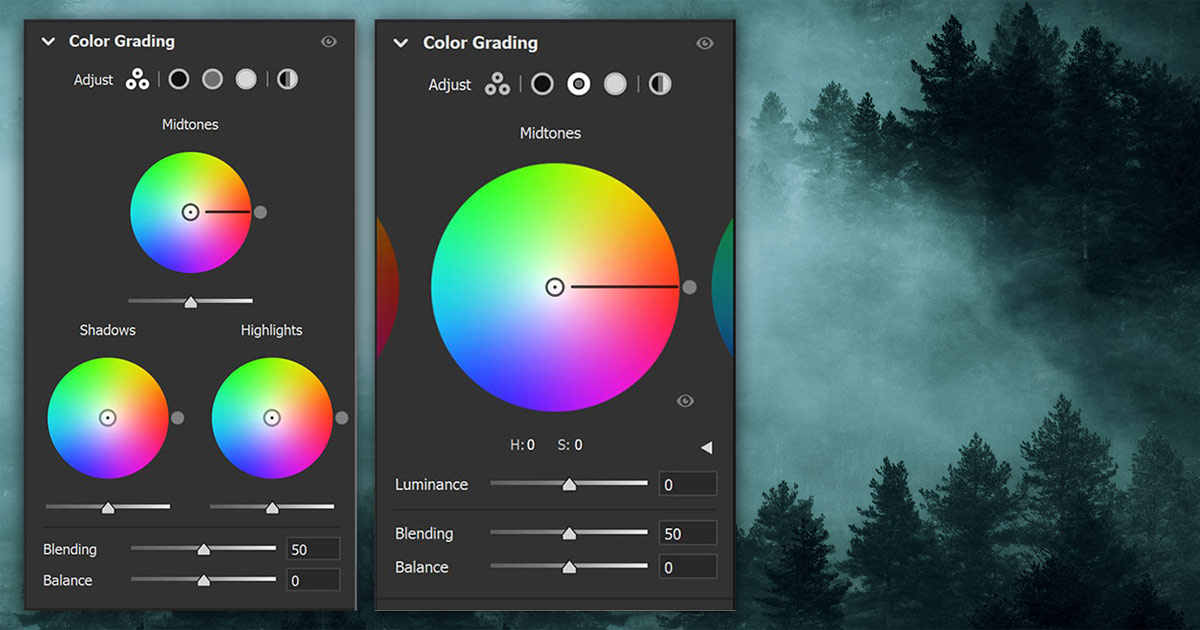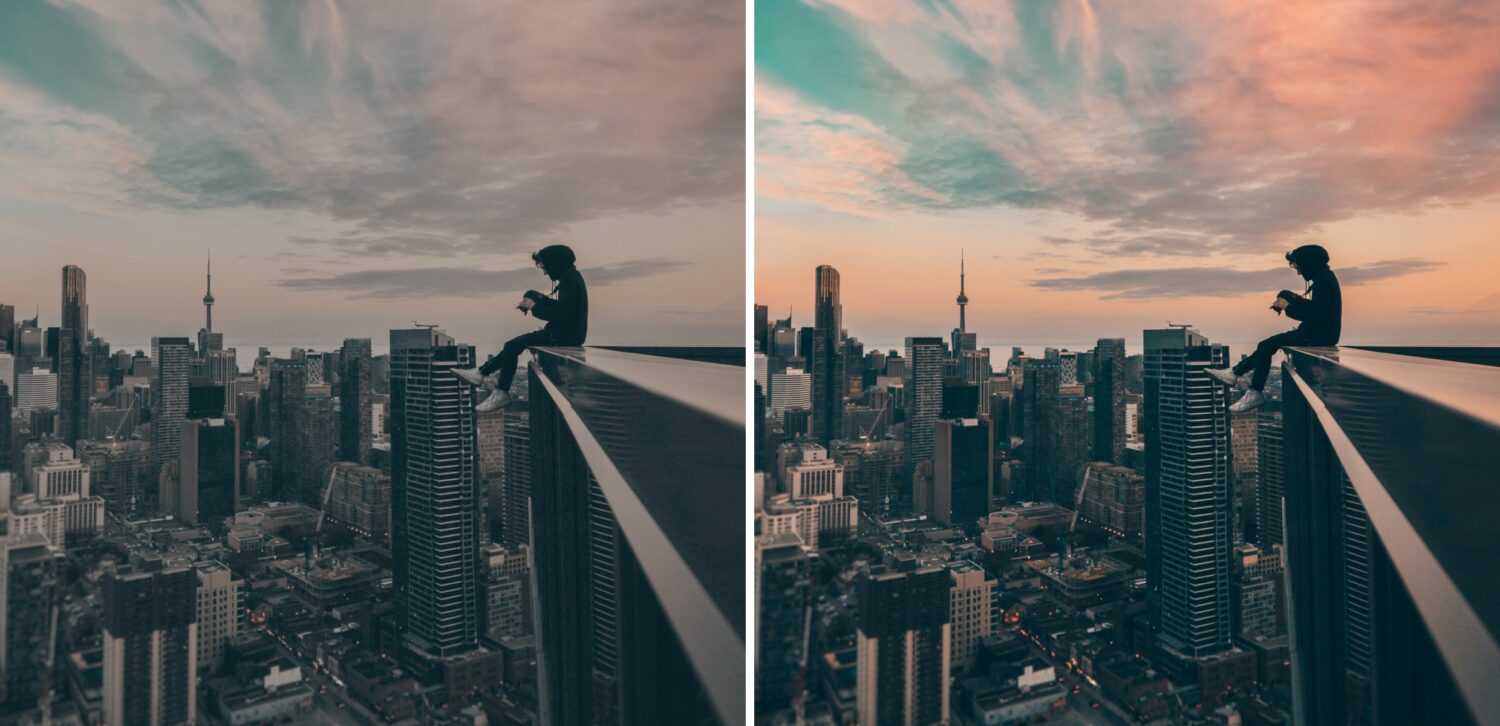In today’s world, images are an essential part of almost every industry. Whether you are a professional photographer or just someone with a knack for capturing moments, color correction can help take your photography to the next level.
This article provides readers with insight into how they can take advantage of this powerful tool. From understanding the basics of color correction and its utility in photography to exploring more advanced techniques and tools, this article will provide readers with all the information they need to create stunning visuals that stand out from the crowd.
So if you’re looking for tips on how you can use color correction to make your photos pop, look no further than our color correction guide!
Benefits of Color Correction

Color correction can be a powerful tool for enhancing the look of images, providing many benefits to photographers. By making small adjustments to hue and saturation levels, color corrections can help ensure that colors in an image are true to life, creating a more natural-looking photo.
Additionally, color corrections can provide contrast and clarity as well, helping bring out details that may have been previously hidden due to dull tones. Furthermore, correcting colors in an image helps with creating accurate skin tones and other vibrant colors while avoiding any unnatural tints or casts that could make the photograph appear washed out or distorted.
Finally, by adjusting colors during post-production processing it is possible to create unique looks specific to certain projects or themes within photography. In short, color correction provides professional photographers with the ability to manipulate their images into stunning works of art!
Understanding the Tools of Color Correction

When it comes to color correction, understanding the tools is key. With the right knowledge and a few clicks of your mouse, you can create vibrant images that make an impactful statement. Color correction involves adjusting the hue, saturation, lightness, and contrast of your photos so that they appear more vivid and true-to-life.
Knowing when to use each tool can be a challenge but with practice comes mastery. In addition to these basic adjustments, there are also specialized techniques used in color grading applications such as selective color adjustment which allows you to focus on specific regions of an image, or tone mapping which adjusts exposure levels for dramatic effects.
By familiarising yourself with all these options available at your fingertips, you will gain deeper insight into how colors interact and allow yourself to produce stunning visuals effortlessly!
Practical Tips for Applying Color Corrections

When it comes to applying color corrections to your images, there are some key steps you can take to ensure the best results. First and foremost, make sure that you have a good understanding of what color correction is and how it will affect your image.
It’s important to understand both the theory behind why certain colors should be adjusted in an image, as well as how different tools within software programs can help you achieve this effect.
Next, consider what adjustments need to be made before making any changes. Take into account factors such as the overall tone or mood that you’re trying to create with your image when deciding which colors should be corrected. Depending on whether the goal is to bring out particular elements of an image or simply add more contrast overall, there may be different strategies that work better for each situation.
Once you understand what needs adjusting in your photo and why, experiment with various settings until you find something that works for your picture. Smaller adjustments often go overlooked by novice photographers but can make all the difference when applied correctly! Start with larger adjustments first (such as brightness) then move on to subtle details like hue or saturation levels if necessary; these additional tweaks will bring out the character of an image while still keeping its original essence intact.
Finally – once satisfied with all edits – save a copy of your photo so that any further modifications do not overwrite your existing work! As long as you follow these tips when attempting color corrections on photos, they should quickly become second nature – allowing for effortless editing time after time!
Conclusion

Color correction is an important tool for enhancing images and improving overall aesthetics. It can help to create a desired look, match colors between different pieces of media, or adjust the mood and tone of a scene. By understanding how color works and what tools are available, you can use color correction to bring out the best in your images.
Whether you’re a photographer looking to make adjustments on set or an editor fine-tuning footage after production, taking advantage of color correction techniques will give your visuals that extra edge.

